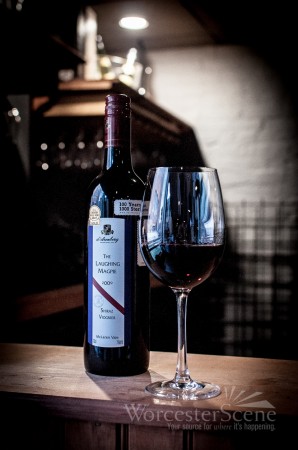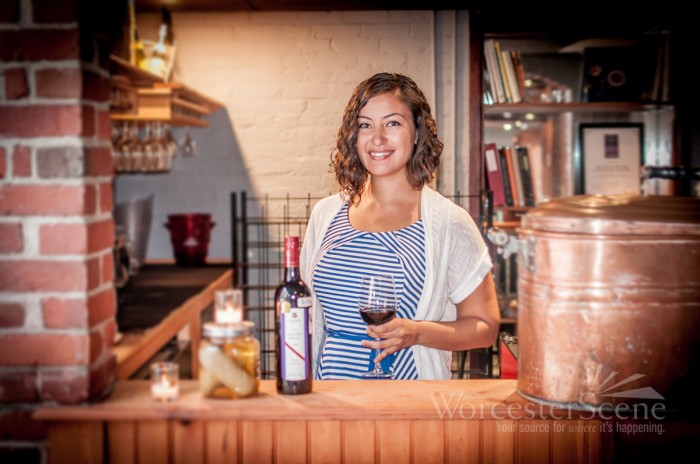
Many families celebrate Thanksgiving with their annual traditions. Each year, they follow the same routine, and enjoy the same family recipes. A great way to enhance your Thanksgiving meal without sacrificing tradition is to try new wines to serve with your favorite dishes. Pairing wines with such an important meal can be a bit intimidating. There are so many flavors to complement, and so many people to please, all with different palates. Luckily, the work has been done for you. When hosting, it is always important to choose at least one white and one red wine, despite your personal preference. You also want to practice moderation when it comes to the wine’s structure; moderate fruit, tannins, oak and body. That way, the majority of your guests, if not all of them, will be pleasantly surprised, even if it’s not what they “normally drink”.
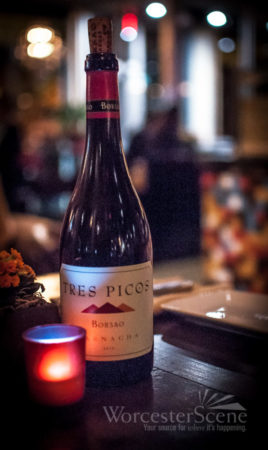 A white wine I absolutely love for holiday meals is Viognier, (pronounced vee-OHN-yay), the best generally hail from the South of France, but Australia has some surprisingly delicious examples. (This may offend some, but you can just skip over the California Viogniers. Sorry, Cali.) Because it comes from a warmer region, it offers ripe fruit notes of mandarin and apricot, with a very pretty floral nose of orange blossoms. It has a full body which will please oaky chardonnay drinkers, without having strong oak characteristics that often overpower food. The aromatics and freshness will please the guests that prefer lighter style wines. The ripe fruit complement the sweeter side dishes, the full-body stands up to the flavorful turkey, and the acidity makes it incredibly food-friendly, while still being palatable enough to sip on. A second white choice would be a Pinot Gris from Oregon. This will please all the Pinot Grigio drinking Aunties, but will offer more finesse than the Italian versions they are used to. Oregon Pinot Gris is still lighter in body, but it has beautiful stone fruit notes of white peach and nectarine and elegant texture that will impress your guests.
A white wine I absolutely love for holiday meals is Viognier, (pronounced vee-OHN-yay), the best generally hail from the South of France, but Australia has some surprisingly delicious examples. (This may offend some, but you can just skip over the California Viogniers. Sorry, Cali.) Because it comes from a warmer region, it offers ripe fruit notes of mandarin and apricot, with a very pretty floral nose of orange blossoms. It has a full body which will please oaky chardonnay drinkers, without having strong oak characteristics that often overpower food. The aromatics and freshness will please the guests that prefer lighter style wines. The ripe fruit complement the sweeter side dishes, the full-body stands up to the flavorful turkey, and the acidity makes it incredibly food-friendly, while still being palatable enough to sip on. A second white choice would be a Pinot Gris from Oregon. This will please all the Pinot Grigio drinking Aunties, but will offer more finesse than the Italian versions they are used to. Oregon Pinot Gris is still lighter in body, but it has beautiful stone fruit notes of white peach and nectarine and elegant texture that will impress your guests.
My go-to red wines for the holidays are Grenache and Shiraz. They are actually often blended together to offer the best of both worlds. You will see them in the form of a “GSM” blend in Australia or in a red Cotes-du-Rhone from France. It is important when choosing a Thanksgiving red to stay away from strong, grippy tannins, because they will overpower the food, and make the savory dishes taste bitter, so my inclination is to steer towards the Aussie versions. The Grenache component will please wine drinkers that prefer brighter reds. The Shiraz offers depth and smokiness for those that prefer a bolder style. The Mourvedre offers structure and earthiness that will please your guest that insists they do not enjoy Australian reds, and have them asking for a second glass. The juicy fruit complements all the bold, savory flavors of Thanksgiving, the subtlety of oak proves that less is more, and the combination of new world fruit with old world balance make these interesting wines crowd-pleasers with one of your favorite meals of the year. Spanish Grenache or “Garnacha” most certainly deserves an honorable mention and a place on your dining room table. Garnacha from Cariñena or Campo de Borja has silky texture and a unique expression of blue fruit and balsamic that is worth spending time to seek out.
Now that the most important part of your Thanksgiving meal is taken care of, you have time to focus on other minute details like the turkey, decorating, family disaster emergency preparedness plans, etc. Enjoy your time with your loved ones this Thanksgiving and enjoy great wine while doing so.

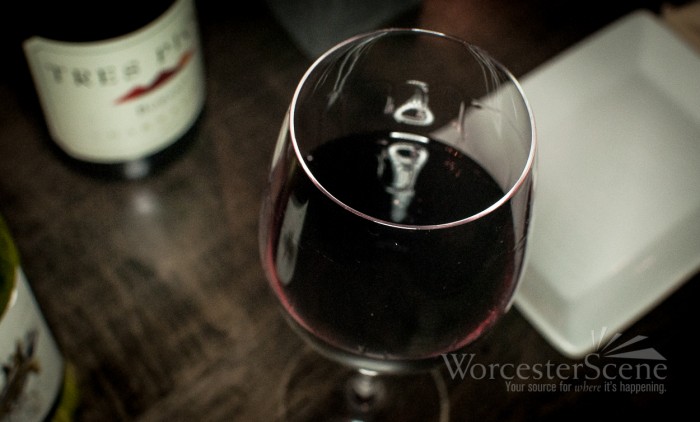
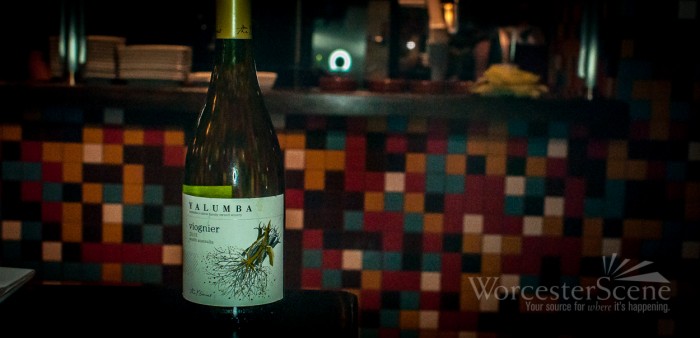
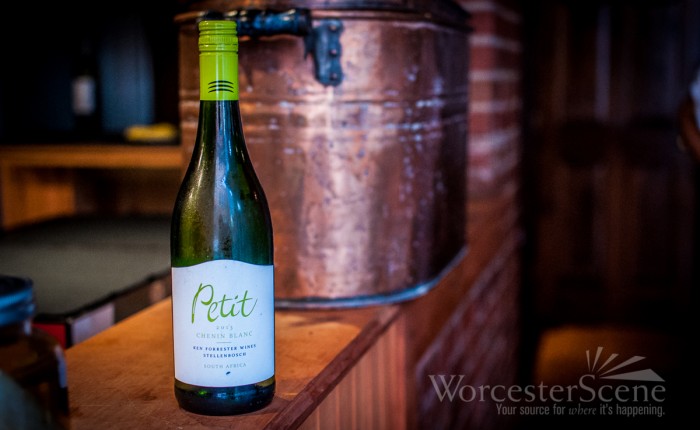 When the weather is hot and there’s barbecue on the grill, no one can deny that an ice cold beer is exactly what you want. However, anyone that has properly paired a beer with rich, smoky flavorful barbeque can attest to the fact that that is just too much weight. You are not pairing a Bud Light or Corona with BBQ. Are these refreshing on the beach for day-drinking? Absolutely. (Within legal parameters, of course.) Although, when it comes to pairing a beverage with food, you have to consider many factors that essentially match the two. Ideally, you are pairing a heavier beer that can match the weight, volume and texture of your meal. And usually your stomach has room for one of these, maybe two, before you feel like taking a nap and calling it a day. And who wants to miss the rest of the party? So, as the forever advocate of wine as the ideal pairing for food, I will guide you to the perfect wine pairings with BBQ. Although I’m specifically tailoring these pairings to BBQ, the same principles apply to all food and wine pairings.
When the weather is hot and there’s barbecue on the grill, no one can deny that an ice cold beer is exactly what you want. However, anyone that has properly paired a beer with rich, smoky flavorful barbeque can attest to the fact that that is just too much weight. You are not pairing a Bud Light or Corona with BBQ. Are these refreshing on the beach for day-drinking? Absolutely. (Within legal parameters, of course.) Although, when it comes to pairing a beverage with food, you have to consider many factors that essentially match the two. Ideally, you are pairing a heavier beer that can match the weight, volume and texture of your meal. And usually your stomach has room for one of these, maybe two, before you feel like taking a nap and calling it a day. And who wants to miss the rest of the party? So, as the forever advocate of wine as the ideal pairing for food, I will guide you to the perfect wine pairings with BBQ. Although I’m specifically tailoring these pairings to BBQ, the same principles apply to all food and wine pairings.